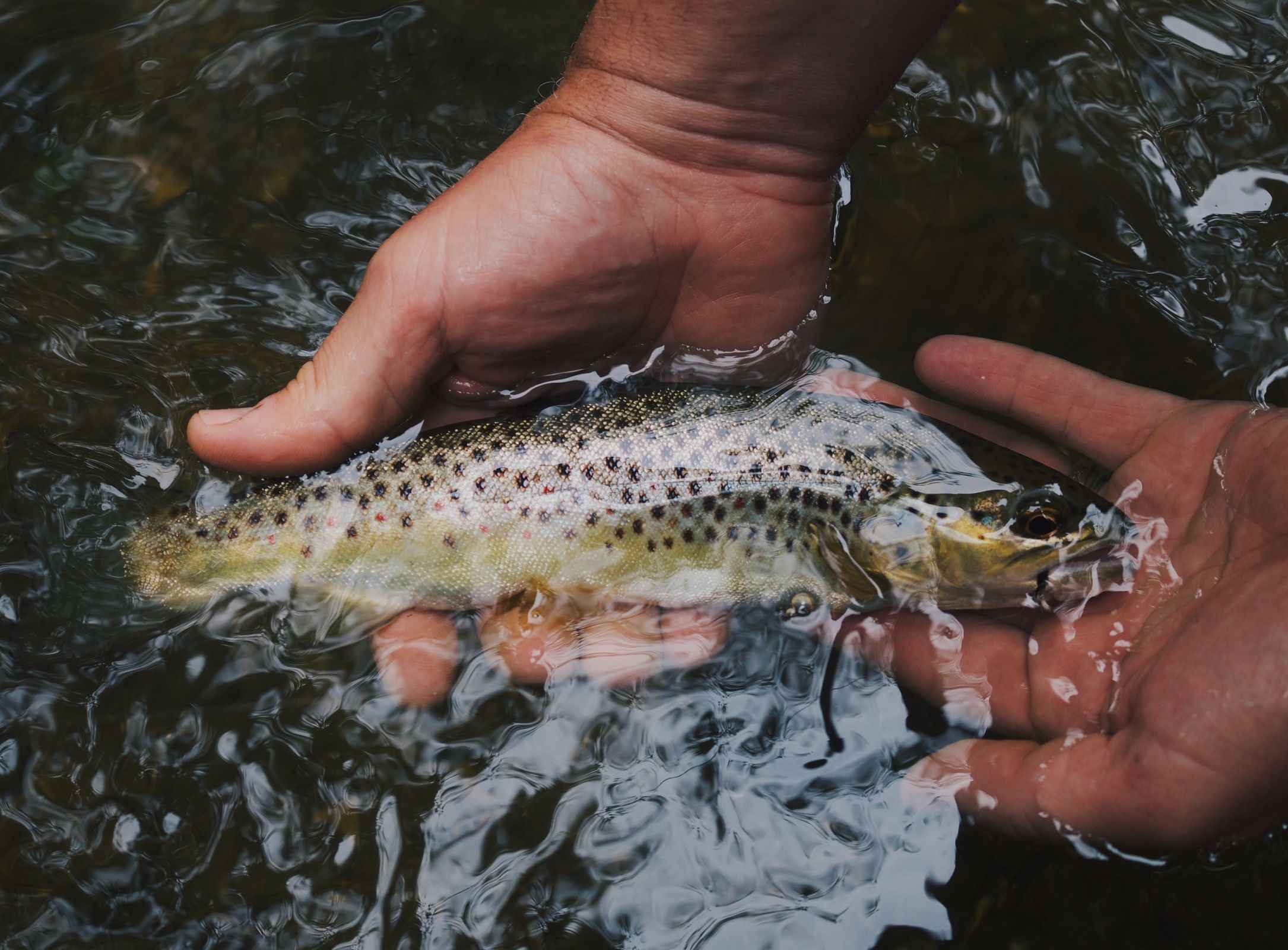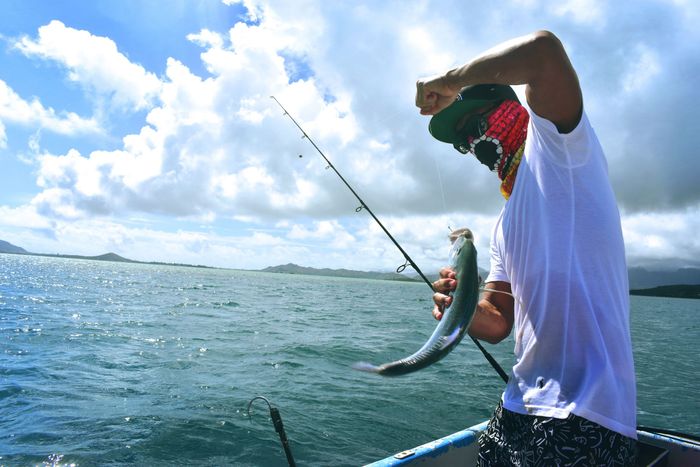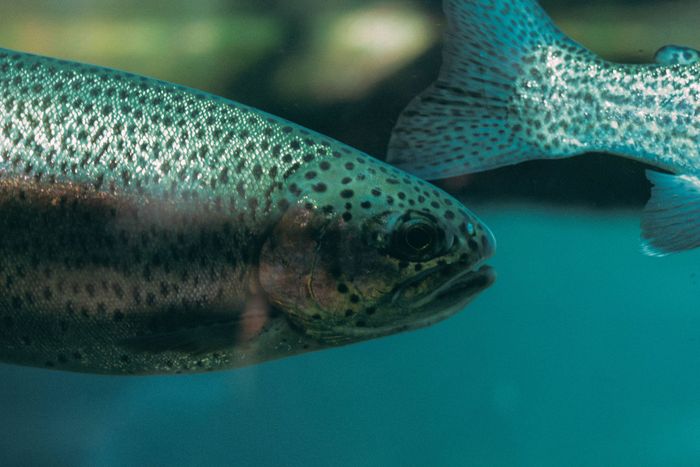The Best Practices to Safely Catch and Release Fish
Help the environment by practicing catch and release so no fish would ever go to waste. Here are the best ways to do it without harming any fish.

The practice of safely catching and then releasing a fish is a particular skill that all anglers should be familiar with. Not all bites you’ll get are from fish you’re aiming for, and keeping them would be a waste. Another reason is if you’re fishing in an area with a strict limitation on the amount of fish you’re allowed to take home with you. In these instances, it is wise to release the fish you’ve caught back into the water rather than let it die in your boat.
Successfully catching and releasing fish is a way by which anglers can preserve the number of fish in the area and its biodiversity. Humans aren’t the only creatures hunting for fish, and catching fish only to let them die in your boat is both a waste of resources and your time. It is said that there’s always plenty of fish in the sea, but with the way humans currently exploit the planet’s natural resources, this saying may not hold water for much longer.
Preserving fish populations is even more important for the apex predator species, such as sailfish and barracuda. This is because their populations aren’t as large as that of other fish as they have no natural predators of their own. It also takes years for them to grow in large sizes. So if you’re catching these fish, keep this in mind.


How to Properly Catch And Release Fish
Now that you know why catch and release is essential, it is time to learn the safe way to do it. Properly doing catch and release is a laborious process, and it will take some time to get used to it. But if you’re willing to practice it constantly and change some of the tools that you usually bring when you go angling, you can do a lot of good for both the fish and the environment.
When doing catch and release, always remember this one rule: NEVER drag the fish out of the water unless necessary. Dragging the fish out of the water causes stress to the fish that may reduce their chances of survival and make it difficult for larger fish such as tuna and marlin to support themselves compared to when they’re in the water. So you need to be very quick and careful when handling the fish.
If you are going to have to get the fish out of the water, ensure that all the tools you need are ready with you to minimize the time of the fish out of the water. When doing catch and release, you can change both your hooks and tackle to make it less damaging to the fish when they bite it. Use a circle hook. It is a type of hook that catches the corner of the fish’s mouth, unlike more traditional hooks that catch fish through deep-hooking. Consider also using a heavier tackle so that the fish won’t be too exhausted when you catch it.
Unhooking and Properly Handling the Fish
After catching the fish, it is important to know how to properly and safely unhook it from your line. The tools that you’ll need to do this aren’t expensive nor rare; you may even already have these tools at your disposal. These tools are your dehooking device and a non-knotted rubber net or fish sling to handle the fish safely. Whatever you do, DO NOT handle the fish with a towel or any absorbent material. The fish needs its slimy coat to swim and protect it from infections properly. Removing it can reduce the survival of the fish you’ve tried to release, so it is recommended to use an unknotted rubber net when handling the fish.

When holding the fish, remember to hold it horizontally. That is how it usually orients itself when swimming. Also, avoid dropping it on hard surfaces because it will cause damage to the fish. Don't put your hands in the eyes and the gills of the fish because it might cause damage to its eyesight. Use your dehooking device to quickly unhook the fish and avoid as much contact with the fish as possible. Fish have susceptible skin, so minimizing your contact with them ensures a higher chance of survival for the fish. Remember that you’re working against time. You need to accomplish this as soon as possible so that the fish has a higher chance of survival when you put it back in the water.

Releasing The Fish Back In The Water
Some anglers think that this part is the easiest. After all, you need to get it back in the water, right? This part is the most challenging one as you need to ensure that the fish is properly oriented and resuscitated before sending it back to the water. If you heeded rule number one mentioned earlier, this is a lot easier to do if the fish is still in the water. You need to gently let go of the fish and let it swim away on its own.
If you had to get it out of the water, you would need to make sure that you resuscitate it first. To do this, gently place the fish in the water facing the currents so that water can enter its gills. Hold its belly with one hand, and the other hand should either be on its bottom lip or tail. Once the fish has properly recovered, you can now gently let it go in the water again.
Fish caught in deeper waters are harder to resuscitate than those caught in shallower waters as the pressure is a lot lighter on the surface. The difference in pressure makes it very difficult to revive the fish properly, and even if you could revive it, it might just be too weak to survive. The best way to ensure its survival is to use a cage or a break-off weight to return the fish to its regular pressure. Remember NEVER to release deep water fish in shallower waters, rendering them vulnerable to predators. It will also be difficult for them to move due to the pressure difference.
Ensuring That There’s Still Plenty of Fish in the Sea
It is easy to get caught up in casting your line, particularly on a good day and the fish are biting. But always remember to only fish as much as you need, and release fish back into the water once you’ve exceeded that. By learning how to do catch and release, you ensure that future generations of anglers can enjoy the wonders of angling the same way you do right now. Although these may seem small, if every angler does this, we can ensure that there will always be more fish in the sea.




